Filter by
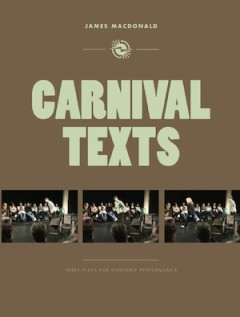
Carnival Texts : Three plays for ensemble performance
Carnival Texts comprises three related dramatic works, all of which have as their point of departure Russian theorist Mikhail Bakhtin’s concept of carnival, a literary style designed to subvert dominant assumptions through chaos and humour. Making creative use of post-Brechtian performance theory, these texts blur the distinction between spectator and performer in a fascinating exploration of…
- Edition
- -
- ISBN/ISSN
- 9781841505008
- Collation
- -
- Series Title
- -
- Call Number
- 700 MAC c
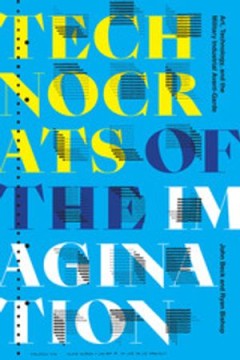
Technocrats of the Imagination : Art, Technology, and the Military-Industrial…
Technocrats of the Imagination traces the rise of collaborative art and technology labs in the U.S. from WWII to the present. Ryan Bishop and John Beck reveal the intertwined histories of the avant-garde art movement and the military-industrial complex, showing how radical pedagogical practices traveled from Germany’s Bauhaus movement to the U.S. art world and interacted with government-funde…
- Edition
- -
- ISBN/ISSN
- 9781478005957
- Collation
- 240 halaman
- Series Title
- -
- Call Number
- 700 BEC t
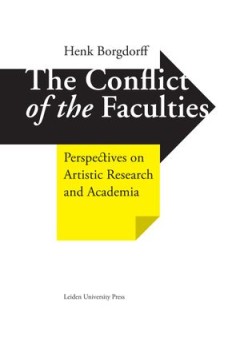
The Conflict of the Faculties : Perspectives on Artistic Research and Academia
Artistic research is an endeavour in which the artistic and the academic are connected. In this emerging field of research artistic practices contribute as research to what we know and understand, and academia opens its mind to forms of knowledge and understanding that are entwined with artistic practices. Henk Borgdorff also addresses how we comment on such issues, and how the things we say ca…
- Edition
- -
- ISBN/ISSN
- 9789087281670
- Collation
- 296 halaman
- Series Title
- -
- Call Number
- 707 BOR c

Thinking of Space Relationally: Critical Realism Beyond Relativism - A Manifo…
Since the relational turn, scholars have combated methodological universalism, nationalism, and individualism in researching social-spatial transformations. Yet, when leaving the gaps between the traveling and local epistemic assumptions unattended, engaging relational spatial theories in empirical research may still reproduce established theoretical claims. Following the sociology of knowledge…
- Edition
- -
- ISBN/ISSN
- 9783839455876
- Collation
- -
- Series Title
- -
- Call Number
- 701 GAO t
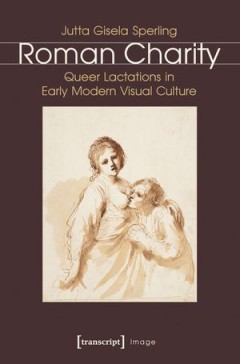
Roman Charity: Queer Lactations in Early Modern Visual Culture
Roman Charity« investigates the iconography of the breastfeeding daughter from the perspective of queer sexuality and erotic maternity. The volume explores the popularity of a topic that appealed to early modern observers for its eroticizing shock value, its ironic take on the concept of Catholic »charity«, and its implied critique of patriarchal power structures. It analyses why early moder…
- Edition
- -
- ISBN/ISSN
- 9783839432846
- Collation
- -
- Series Title
- -
- Call Number
- 808.8 SPE r
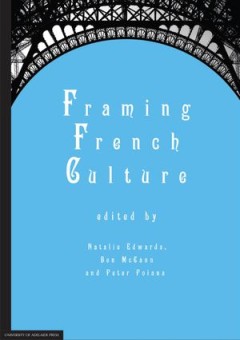
Framing French Culture
Throughout this book, the concept of framing is used to look at art, photography, scientific drawings and cinema as visually constituted, spatially bounded productions. The way these genres relate to that which exists beyond the frame, by means of plastic, chemically transposed, pencil-sketched or moving images allows us to decipher the particular language of the visual and at the same time cir…
- Edition
- -
- ISBN/ISSN
- 9781922064875
- Collation
- -
- Series Title
- -
- Call Number
- -
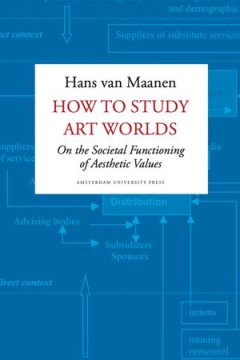
How to Study Art Worlds: On the Societal Functioning of aesthetic Values
This necessary and thought-provoking study brings together the organisational side of the world of the arts and the understanding of the many functions art fulfi lls in our culture. The author sets out to establish how the organisation of art worlds serves the functioning of the arts in society. The book is divided into three sections, the first of which presents a comparative study of approach…
- Edition
- -
- ISBN/ISSN
- 9789089641526
- Collation
- -
- Series Title
- -
- Call Number
- 709.598 MAA h
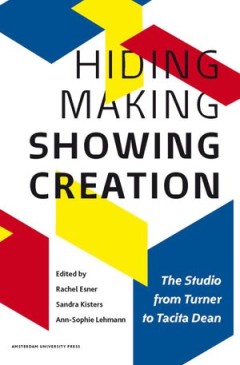
Hiding Making - Showing Creation: The Studio from Turner to Tacita Dean
The aim of Hiding Making - Showing Creation is twofold. In the first instance, we seek to trace the Nachleben of these studio topoi from the nineteenth century to today, in particular focusing on how artists have employed them as strategies for showing certain aspects of their practice (above all those which perpetuate the notions of artistic genius and autonomy), while carefully hiding others …
- Edition
- -
- ISBN/ISSN
- 9789089645074
- Collation
- -
- Series Title
- -
- Call Number
- 701 HID h
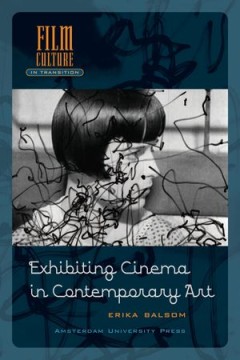
Exhibiting Cinema in Contemporary Art
Whether it involves remaking an old Hollywood movie, projecting a quiet 16mm film, or constructing a bombastic multi-screen environment, cinema now takes place not just in the movie theatre and the home, but also in the art gallery and the museum. The author of this engaging study takes stock of this development, offering an in-depth inquiry into its genesis, its defining features, and the rami…
- Edition
- -
- ISBN/ISSN
- 9789048517763
- Collation
- -
- Series Title
- -
- Call Number
- 791.43 BAL e
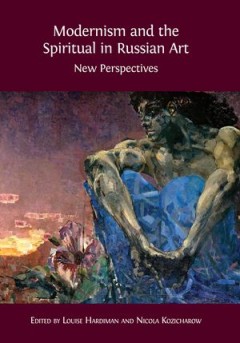
Modernism and the Spiritual in Russian Art
"In 1911 Vasily Kandinsky published the first edition of ‘On the Spiritual in Art’, a landmark modernist treatise in which he sought to reframe the meaning of art and the true role of the artist. For many artists of late Imperial Russia – a culture deeply influenced by the regime’s adoption of Byzantine Orthodoxy centuries before – questions of religion and spirituality were of paramo…
- Edition
- -
- ISBN/ISSN
- 9781783743407
- Collation
- -
- Series Title
- -
- Call Number
- 704.948 MOD m
 Computer Science, Information & General Works
Computer Science, Information & General Works  Philosophy & Psychology
Philosophy & Psychology  Religion
Religion  Social Sciences
Social Sciences  Language
Language  Pure Science
Pure Science  Applied Sciences
Applied Sciences  Art & Recreation
Art & Recreation  Literature
Literature  History & Geography
History & Geography